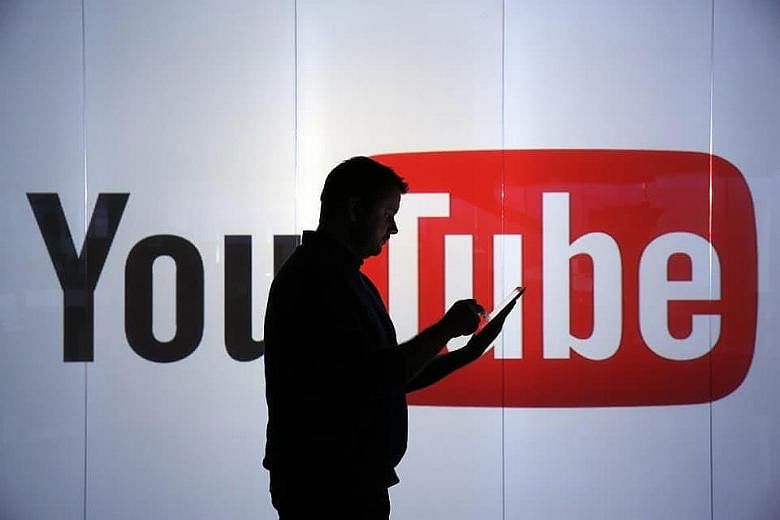At one point during the 2016 US presidential election campaign, I watched a bunch of videos of Donald Trump rallies on YouTube. I was writing an article about his appeal to his voter base and wanted to confirm a few quotations. Soon I noticed something peculiar.
YouTube started to recommend and "autoplay" videos for me that featured white supremacist rants, Holocaust denials and other disturbing content. Since I was not in the habit of watching extreme right-wing fare on YouTube, I was curious whether this was an exclusively right-wing phenomenon.
Already a subscriber? Log in
Read the full story and more at $9.90/month
Get exclusive reports and insights with more than 500 subscriber-only articles every month
ST One Digital
$9.90/month
No contract
ST app access on 1 mobile device
Unlock these benefits
All subscriber-only content on ST app and straitstimes.com
Easy access any time via ST app on 1 mobile device
E-paper with 2-week archive so you won't miss out on content that matters to you

